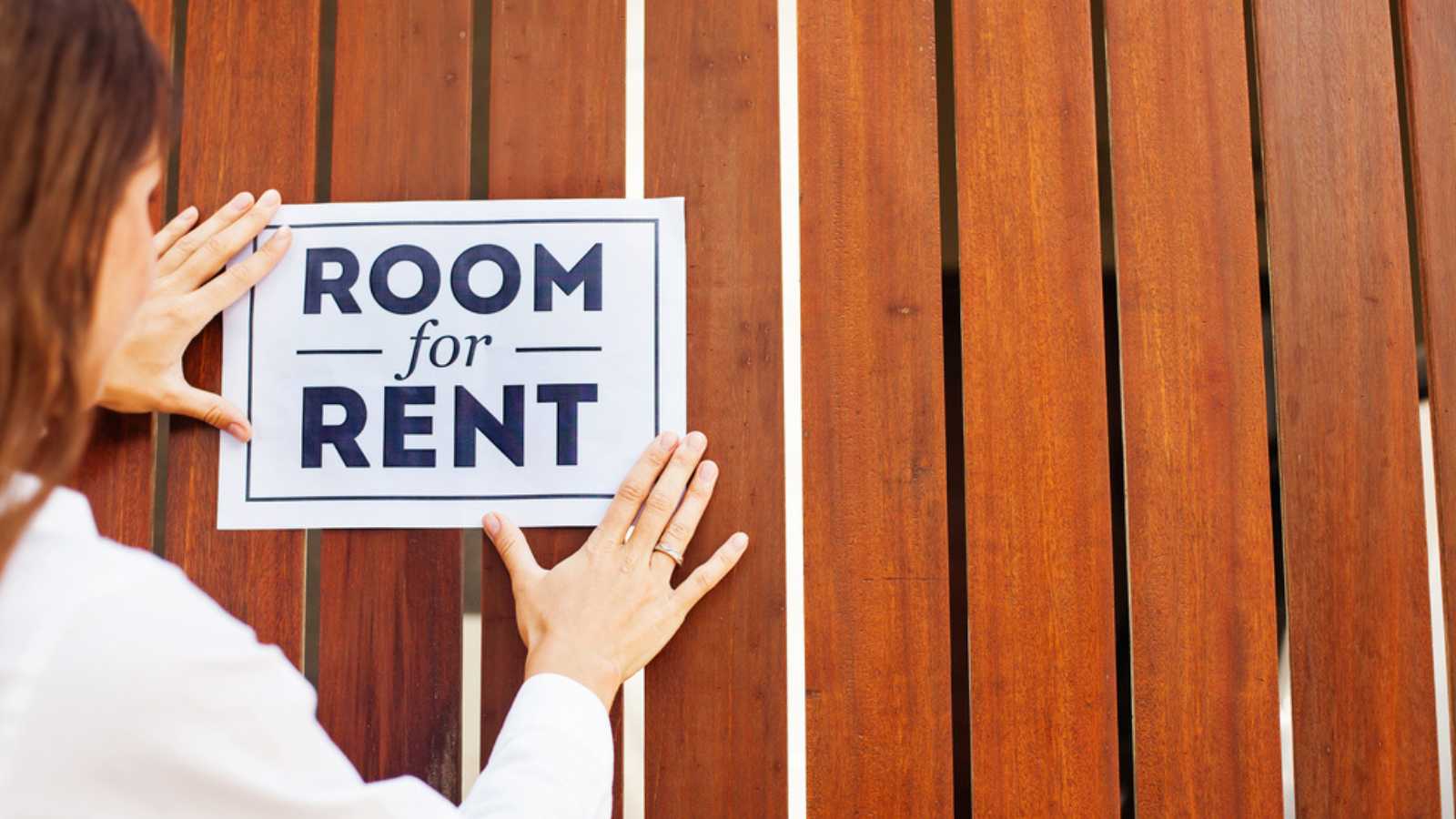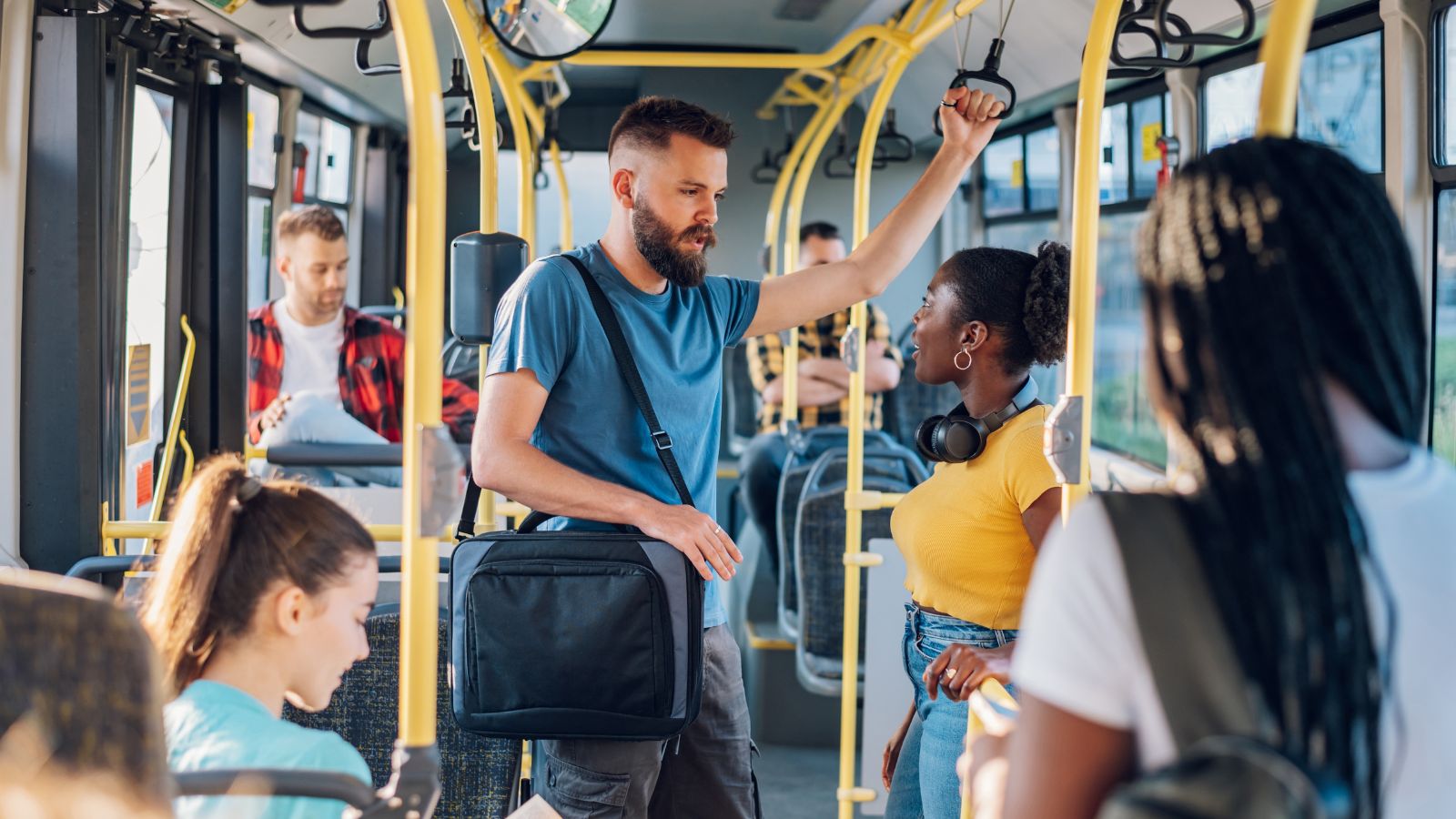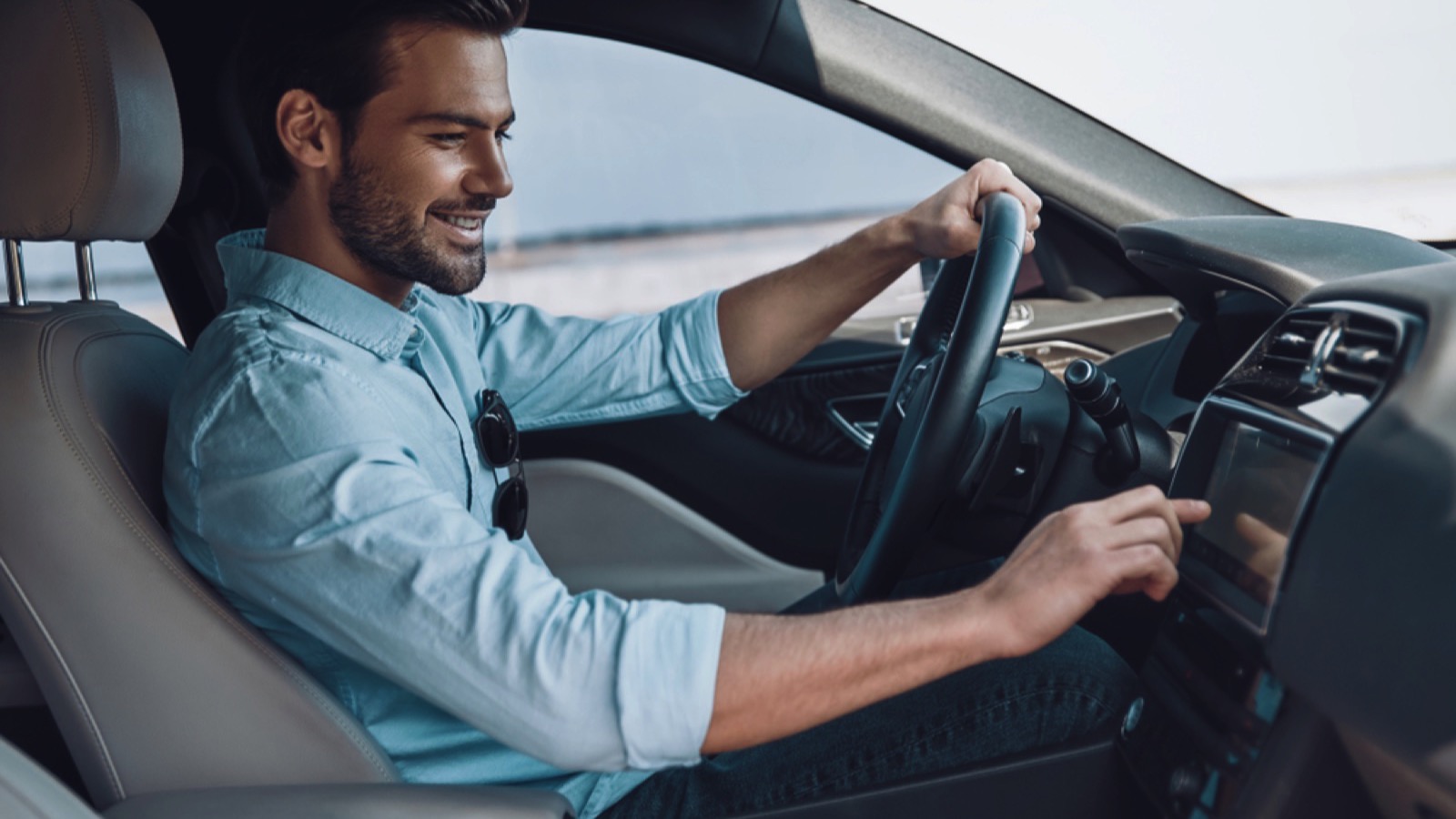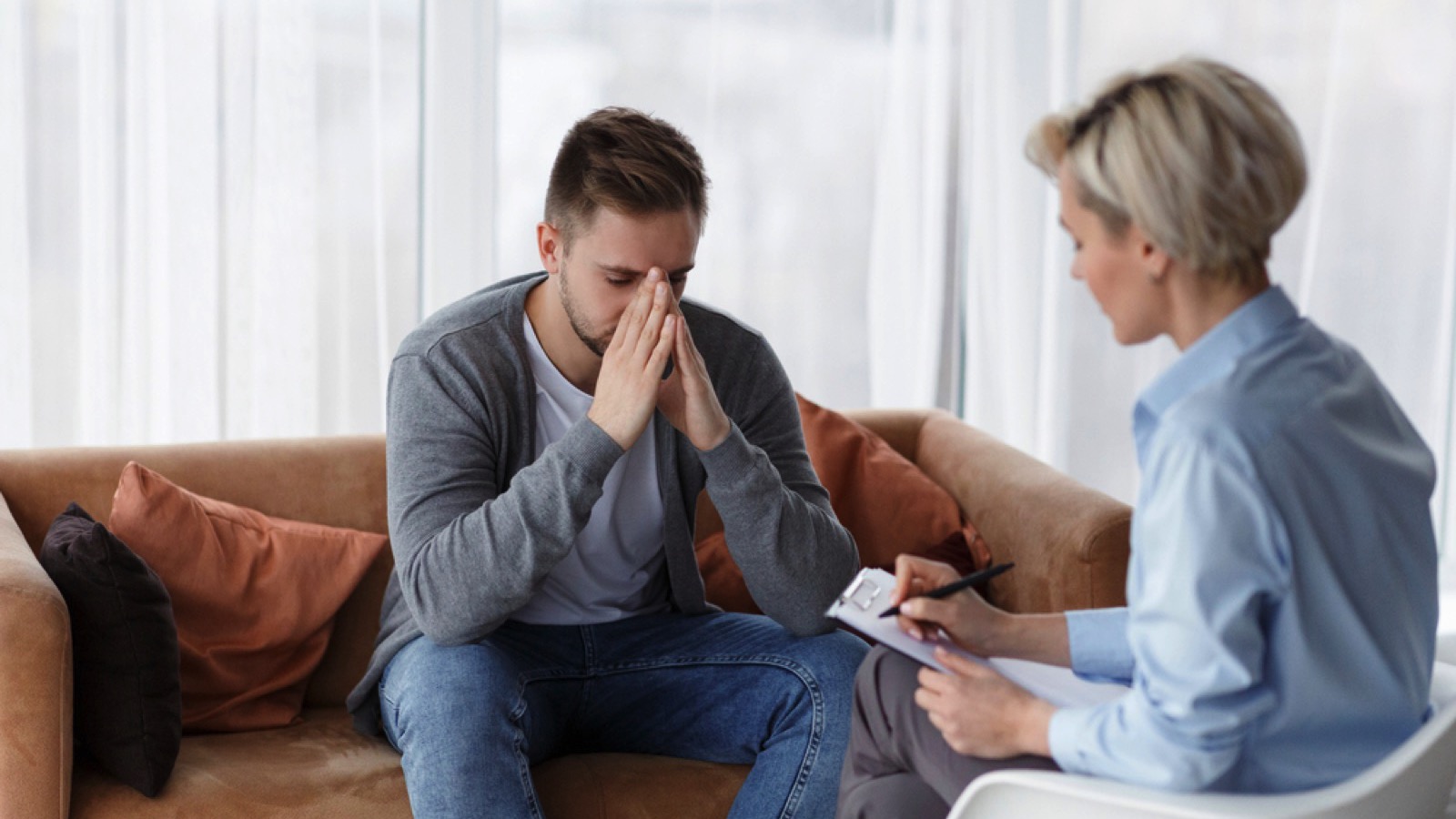Understanding white privilege can be challenging, especially if you’ve never had to think about it. It’s not about individual guilt but recognizing systemic advantages. These are the 18 everyday activities where white privilege often shows up, making life less complicated for some while presenting hurdles for others.
Renting an Apartment

The BBC reveals that “at least one in 10 renters has faced racism.” Finding a place to live can be a straightforward process for Caucasian people, who typically do not face the same level of scrutiny or bias from landlords or property managers. Minorities, on the other hand, often deal with subtle or overt discrimination that can make securing housing more difficult.
Food Shopping

Walking into a supermarket and not being followed or watched by shop employees is an everyday experience many take for granted. For many people of colour, this simple act can be fraught with suspicion and discomfort. White individuals often navigate these spaces without the added stress of being wrongly accused of theft.
Job Interviews

In job interviews, non-white individuals may face unconscious biases or stereotypes that influence the hiring decision, while white candidates are often evaluated solely on their qualifications and experience. This means that white individuals have a higher likelihood of being judged fairly and getting the job based on merit alone.
Interacting with Police

For many individuals, interactions with police officers are typically routine and uneventful, as they are more likely to be treated with respect and less likely to experience violence or undue suspicion. In contrast, people of colour often face fear and uncertainty during these encounters, knowing that they are statistically more likely to experience negative outcomes.
Shopping for High-End Items

When purchasing high-end items like jewellery, electronics, or luxury goods, white shoppers are less likely to face questioning about their ability to afford the items or suspicion of theft. Minority shoppers often endure uncomfortable scrutiny and prejudice, which can make these shopping experiences stressful and humiliating.
Taking Public Transportation

Taking the bus or train is a common activity, but the experience can vary greatly based on race; non-minority passengers are less likely to be subjected to random bag checks or scrutiny from fellow passengers. Anyone of a different race, especially young men, often feel they are unfairly targeted or monitored.
Dining Out

Eating at a restaurant should be a pleasant experience, but a person of colour often receives poorer service, is seated in less desirable locations, or is subjected to longer wait times. Caucasian diners typically do not have to worry about these issues and can enjoy their meal without the added layer of bias.
Applying for Loans

When applying for loans, whether for a home, car, or business, those with white privilege generally experience a smoother process with fewer barriers, while non-whites often face higher interest rates, more rigorous vetting processes, or outright denials based on discriminatory practices. This makes financial advancement more challenging.
Attending School

If you’re a white-skinned student, you’ll often attend better-funded schools with more resources and opportunities, and will also be less likely to face discriminatory disciplinary actions. People of other races and backgrounds frequently deal with underfunded schools, biassed disciplinary practices, and lower expectations from teachers.
Travelling

Travelling, whether domestically or internationally, is typically easier for the majority of individuals who are less likely to be subjected to extra security checks or scrutiny. For black people and other races, they often face racial profiling, longer delays, and more invasive questioning, making travel a different experience.
Shopping Online

White consumers generally have positive online shopping experiences without worrying about being flagged for fraud or facing delivery issues; people of colour might experience their orders being scrutinised more closely—or even cancelled. They may receive different treatment from customer service representatives, too.
Raising Children

Caucasian parents can generally trust that their children will be treated fairly by teachers, coaches, and other authority figures. But parents of children of other races have to live in a world where their kids may be unfairly judged, disciplined more harshly, or given fewer opportunities.
Visiting a Doctor

In healthcare settings, white patients often receive better, more thorough care. They are more likely to have their symptoms taken seriously and to receive appropriate treatments. Instead, minorities frequently encounter implicit biases that can result in misdiagnosis and inadequate treatment.
Shopping for Cosmetics

For non-minority people, finding products that match their skin tone is usually straightforward; the beauty industry primarily caters to their needs, offering a wide range of options. People of colour often struggle to find suitable products, facing limited choices and a lack of representation in marketing.
Renting a Car

When renting a car, white people typically face fewer questions and less suspicion about their creditworthiness or ability to pay. Those from minority races may encounter more stringent checks and a greater likelihood of being denied service or offered less favourable terms.
Walking in Neighbourhoods

Simply walking through a neighbourhood can be an uneventful activity for the vast majority, who don’t think anything of it. But for people of colour, it can result in being questioned about their presence, facing suspicion, or even being reported to the police.
Joining Clubs or Organisations

Those with light skin often find it easier to join clubs, too, such as professional organisations or social groups, without facing barriers or feeling unwelcome. In contrast, other races may experience exclusion, subtle discrimination, or outright hostility, making it harder to benefit from the same networks.
Seeking Mental Health Care

And finally, accessing mental health services is generally easier for white people, who are more likely to find culturally competent providers and face fewer stigmas. People of colour often encounter barriers such as provider bias, lack of cultural understanding, and greater stigma.







